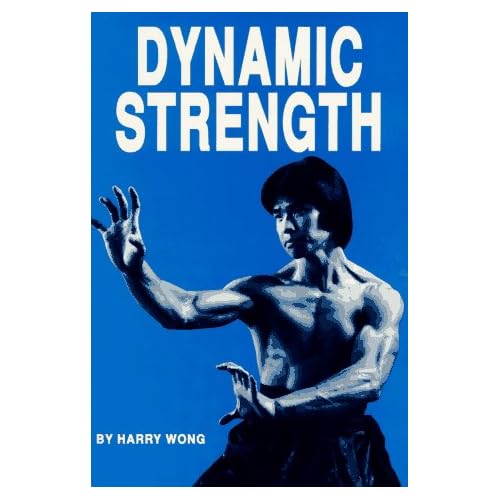
Originally Posted by
Eugene

maybe a silly question, but could one imagine weight, and by this way, strengthen the muscles ?
A guy named Harry Wong (I know, Paul!) brought out a book a while back called "Dynamic Tension" that followed that theory. He studied San Soo, I believe.
The weakest of all weak things is a virtue that has not been tested in the fire.
~ Mark Twain
Everyone has a plan until they’ve been hit.
~ Joe Lewis
A warrior may choose pacifism; others are condemned to it.
~ Author unknown
"You don't feel lonely.Because you have a lively monkey"
"Ninja can HURT the Spartan, but the Spartan can KILL the Ninja"




 Reply With Quote
Reply With Quote






